New Zealand’s capital city is surrounded by the turbulent waters of Cook Strait and boasts many natural marine wonders around its three coastlines.
The opportunities for shore diving and snorkelling are legion and the powerful Cook Strait currents ensure a plentiful supply of marine life. Fur seal colonies exist at Red Rocks on the south coast and also at Turakirae Head, south of Wainuiomata.
Water temperatures range from 10°C to 18°C and visibility can reach 15-20m once the periodic ‘Old Man’ southerly blusters have settled down.
Dive shops in Wellington, Petone, Island Bay and Mana can arrange New Zealand wide diving adventures and trips to local hot spots.
South Coast
The southern coastline between Owhiro Bay and Sinclair Head has superb diving and snorkelling territory providing there are calm seas and light offshore winds. Deep channels, ravines, caves, luxuriant weed beds and abundant fish life can be found to depths of 15m. Breaker Bay has a rocky landscape to 12m with rich marine life and good opportunities for photography. Turakirae Head to Pencarrow Lighthouse is great snorkelling country with good scuba diving on several shipwrecks along the coast and a seal colony at Turakirae. Palliser Bay is excellent diving in extensive rocky reef systems and kelp forests.
West Coast
Makara Beach has spectacular inshore reefs from 3-25m with prolific weed and schooling fish. Titahi Bay has good diving to 12m with caves, colourful anemones and great photography. Kapiti Island has the finest underwater scenery in the region and is rated as world-class diving. The remarkable Hole-in-the-Wall rock arch, Tokahaki Reef and the Boulder Bank are home to a rich variety of sea life. Underwater photographers take delight in the bright colours of reef dwellers and the schools of blue water pelagic species. The Hunter Bank between Kapiti and Mana Islands rises to 18m from the surface and is rated as the best deep diving in the region.
East Coast
Castlepoint is renowned for its weird and wonderful limestone formations, fossilised shells and marine life. Flat Point is a long sandspit with extensive inshore reefs swarming with fish life.

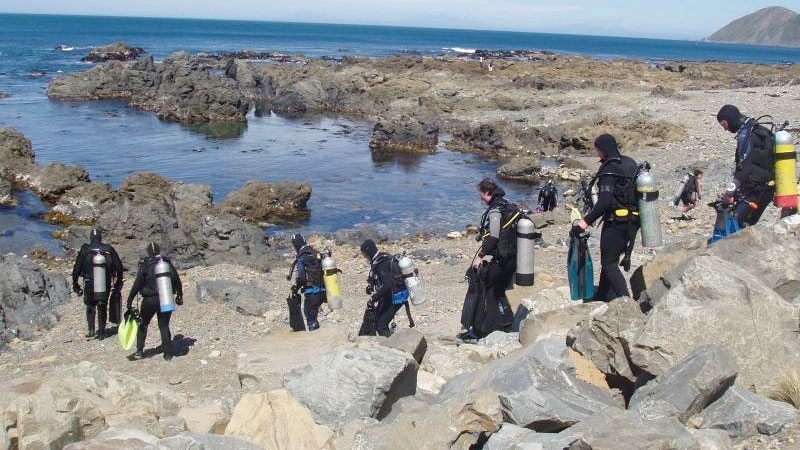
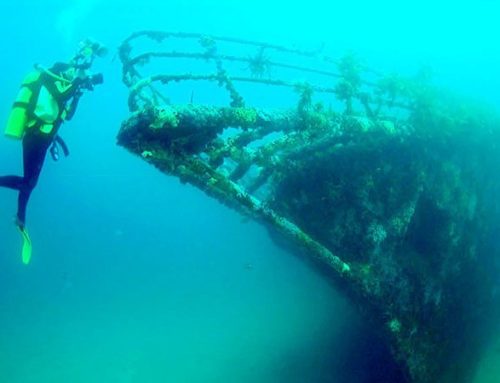
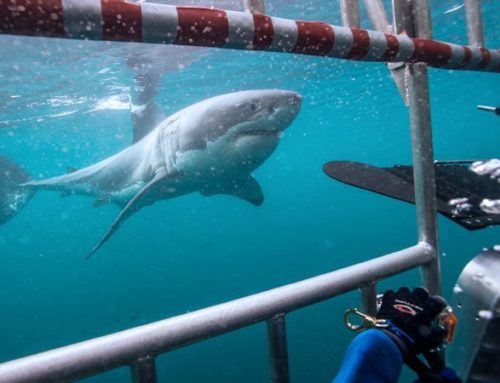
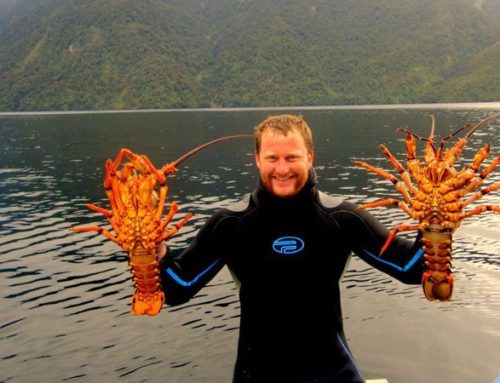
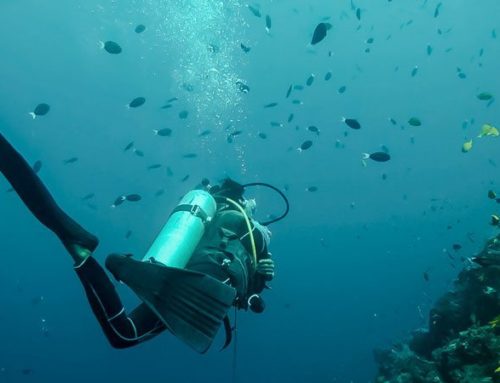
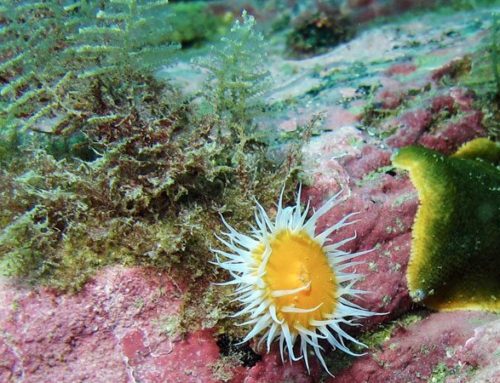
Leave A Comment